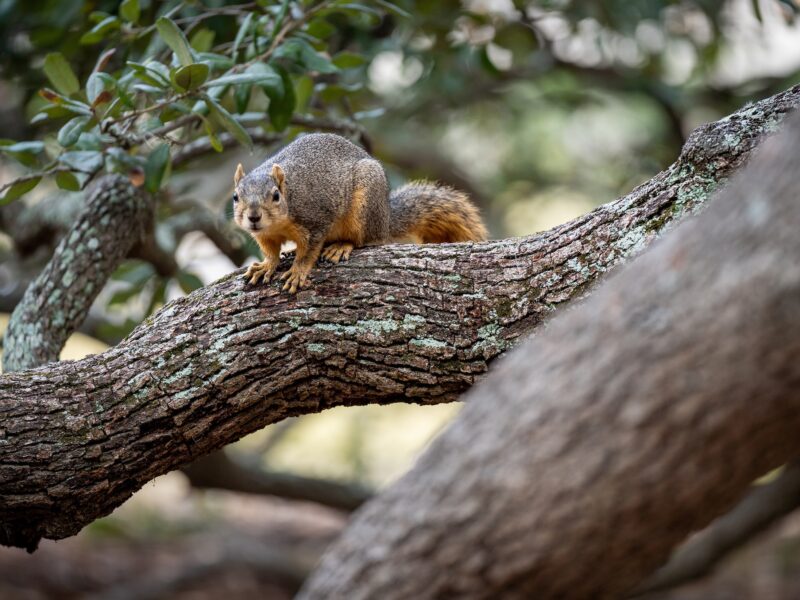Highlights
- Peat cores serve as natural time capsules, revealing layers of soil, volcanic ash and plants, and important information about past local and regional environments
- The group’s peat samples will be used to demonstrate the economic, environmental and cultural value of conserving Chilean peatlands
Collecting peat samples from frozen land is far from the beach vacation most students imagine for their summer breaks. But for six Texas A&M University geography students, a freezing summer field expedition to the far reaches of the southern hemisphere was unforgettable.
From May 21 to June 8, 2018, Texas A&M University Department of Geography Assistant Professor and National Geographic Explorer Dr. Julie Loisel led a group of five undergraduate students and one graduate student, along with University of Wyoming geophysicist Dr. Andrew Parsekian, to Tierra del Fuego, in southern Patagonia, Chile. Geography major Patrick Campbell served as photographer and videographer on the trip.
Funded by a grant from the National Geographic Society, the expedition’s objective was to estimate how much carbon is stored in Chilean peatland soils using extensive peat core sampling and ground-penetrating radar.
Current estimates put that number at 7 billion tons of carbon, which has accumulated over the past 10,000 years, but these ecosystems are being threatened by peat mining and harvesting activities. Peatlands are unique environments that hold deep layers of important environmental data. They are also “the most effective sink of carbon on the planet,” Loisel said.
“Our work, in concert with Karukinka Park and the Wildlife Conservation Society, will demonstrate the economic, environmental and cultural value of conserving peatlands, which can help steer policy towards stewardship,” Loisel said. “Our high-fidelity soil carbon mapping will help advance national resource management.”
Loisel added that the monetary value of peatlands is poised to grow with the development of carbon trading markets and international laws aimed at combating climate change.
“The information we are generating could be used by the Chilean government to determine its soil-carbon reference level,” she said.
Traveling To The End Of The World
The journey to get to southern Patagonia and their final destination – Karukinka Park – was long. Loisel said the research crew flew more than 10 hours total in addition to a day-long drive that included a ferry ride across the Magellan Strait. On the last leg of the trip, the crew stopped along the way to explore a shipwreck and see a rare colony of king penguins.
Karukinka translates to “our land,” which accurately describes the park and its purpose, Loisel said. The park has goals that revolve around conservation and sustainability and is only open to visitors who come to learn, research and discover.
The base camp that the students called home for the duration of the trip had no running water and only minimal electricity. It was almost winter solstice during their time there, so the sun set around 5:30 p.m. and rose at 10 a.m. The students had to chop wood to fuel the house’s fires, both for warmth and cooking their meals. “The long, dark hours spent together in the cabins helped the group establish a strong bond with each other,” she said.
The Importance Of Peatlands
Peatlands store large quantities of carbon within their thick soil layers over thousands of years, which causes them to act as a cooling climate agent on a global scale, Loisel said.
They also contain decomposed plant fragments, volcanic ash and many other relics from the past that can date back thousands of years. She explained that peat deposits can be cored and their layers read like a history book.
Peat cores are a sort of natural time capsule, and their content reveals important information about the local and regional environment.
Sampling In Peatlands
The first collection site was called Rasmussen Peatland. Located at a higher elevation towards the Cordillera Darwin, this peatland was harsh with freezing air temperatures and strong winds. The peatland surface was frozen and covered with iced-over puddles.
“Obtaining core samples there provided good training for new members, interesting vegetation and beautiful views,” Loisel said.
Next, the crew traveled to Flarks Peatland. This area was different from the previous one. In a milder valley, its vegetation was more lush and displayed bright colors of red, orange and yellow. This peatland had been cut down by the eroding action of a river, which allowed the team to observe the peat layers directly. Over the next four days, the team traveled to four more sites.
To learn more about this research, view Campbell’s photo journal and video.
Media contacts: Leslie Lee, (979) 845-0910, leslielee@tamu.edu; or Robyn Blackmon, (979) 845-6324, robynblackmon@tamu.edu.







